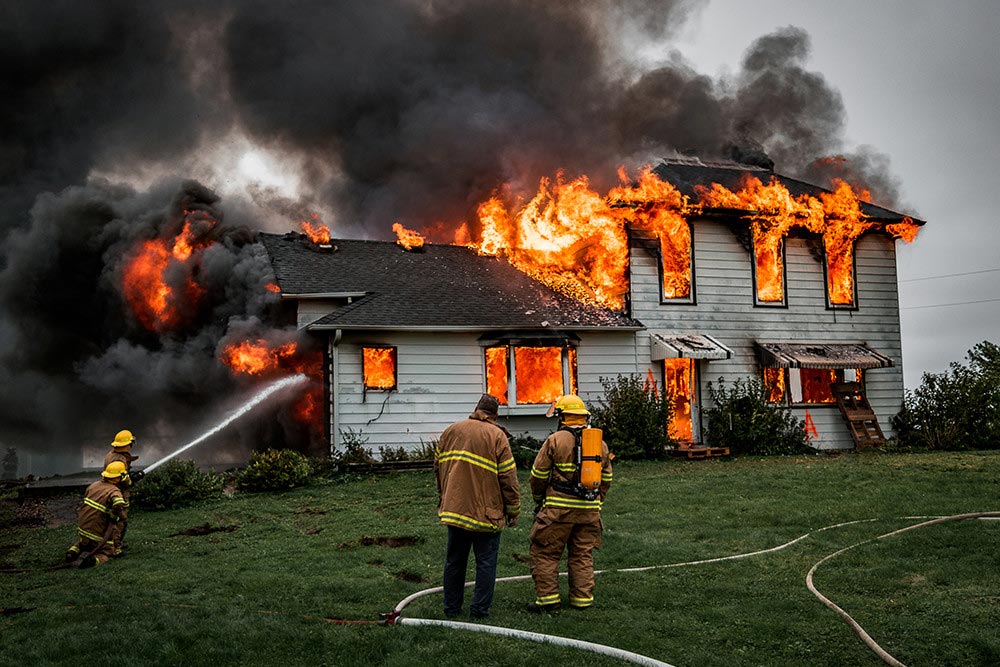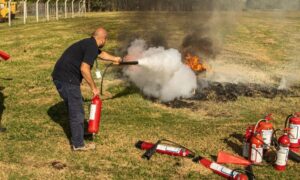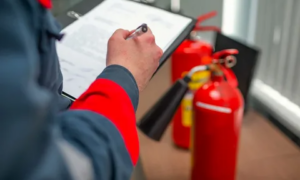Fire safety is not just for firefighters or building inspectors—it’s for everyone. From homeowners and renters to business owners and school staff, understanding the basics of fire prevention and emergency response can mean the difference between a minor incident and a devastating disaster. Whether you’re preparing for a fire drill or equipping your home with essential tools like a fire sprinkler shut off tool, small decisions today can have life-saving consequences tomorrow.
In this guide, we’ll break down the top 10 fire safety tips to help you minimize fire risk and respond effectively in an emergency.
1. Install and Maintain Smoke Alarms
Smoke alarms are your first line of defense. These small devices provide critical early warnings, giving you more time to escape in the event of a fire. Install smoke detectors on every floor of your home, especially inside bedrooms and outside sleeping areas.
Maintenance matters. Test smoke alarms monthly, replace the batteries at least once a year, and replace the units entirely every 10 years. For added protection, consider interconnected smoke alarms so that when one sounds, they all do.
2. Create and Practice an Escape Plan
A well-thought-out escape plan can be the key to survival during a fire. Designate two exits from every room, and make sure doors and windows open easily. Choose a family meeting spot outside, such as a tree or mailbox.
Practice makes perfect. Run fire drills at least twice a year, both during the day and at night. Walk through the plan with children, and ensure everyone understands how to call emergency services.
3. Don’t Overload Electrical Outlets
Electrical fires are a common yet preventable hazard. Avoid plugging multiple high-wattage appliances into the same outlet. Use surge protectors for electronics and inspect power cords for fraying or damage.
Appliance wisdom. Unplug small appliances when not in use and avoid running cords under rugs, where they can overheat unnoticed.
4. Cook with Caution
Cooking fires are one of the leading causes of household fires. Never leave a hot stove unattended, and keep flammable items like paper towels, oven mitts, and curtains away from heat sources.
Stay focused. If you must leave the kitchen, turn off the stove. Keep a lid nearby to smother small grease fires, and avoid using water on grease or electrical fires.
5. Store Flammable Materials Properly
Many homes contain substances that are flammable or combustible, from cleaning supplies to gasoline for lawnmowers. Store these items in a cool, dry place away from heat sources and open flames.
Label and separate. Keep chemical products in their original containers, and never mix them. Always follow the manufacturer’s safety instructions.
6. Equip Your Home or Workplace with Fire Extinguishers
Fire extinguishers are essential tools in the first moments of a small fire. Make sure you have at least one extinguisher in your home, ideally in the kitchen, garage, and near any heat-producing equipment.
Know how to use them. Remember the PASS method: Pull the pin, Aim low, Squeeze the lever, and Sweep side to side. Make sure everyone in your household or business knows where the extinguishers are located and how to use them.
In cases where fire incidents cause significant property damage, homeowners can rely on professional fire damage restoration services like those offered by Paul Davis Greater Seattle to help repair and restore affected areas safely and efficiently.
7. Install Fire Sprinklers Where Possible
Fire sprinkler systems can drastically reduce property damage and save lives by controlling fires before they grow. While typically found in commercial buildings, residential sprinkler systems are becoming more common.
Be prepared to respond. In the rare event of accidental activation, a fire sprinkler shut off tool can help minimize water damage quickly and safely.
8. Be Vigilant with Open Flames
Candles, fireplaces, and outdoor fire pits add ambiance and warmth but also pose serious risks if left unattended. Always keep open flames at least three feet away from anything flammable, and never leave them burning when you leave the room or go to sleep.
Safe practices. Use sturdy candle holders, install screens on fireplaces, and fully extinguish flames before leaving them unattended.
9. Use Heaters Responsibly
Space heaters are popular in cold climates but must be used with caution. Choose models with automatic shutoff features, and keep heaters at least three feet from curtains, bedding, and other flammable items.
Never leave heaters unattended. Turn them off before leaving a room or going to bed, and always place them on a flat, stable surface.
10. Stay Educated and Spread Awareness
Fire safety is a community effort. Share safety tips with neighbors, coworkers, and friends. Encourage local schools and community centers to host fire safety seminars or distribute literature.
Stay informed. Keep up with fire safety guidelines from trusted organizations like your local fire department or national fire prevention associations. The more you know, the better prepared you’ll be.
By implementing these 10 tips into your daily habits, you can significantly reduce the risk of fire and protect your loved ones, home, or workplace. Fire safety starts with awareness, and it’s maintained through consistent action. Stay alert, stay prepared, and always have the right tools on hand—because when it comes to fire, every second counts.



































